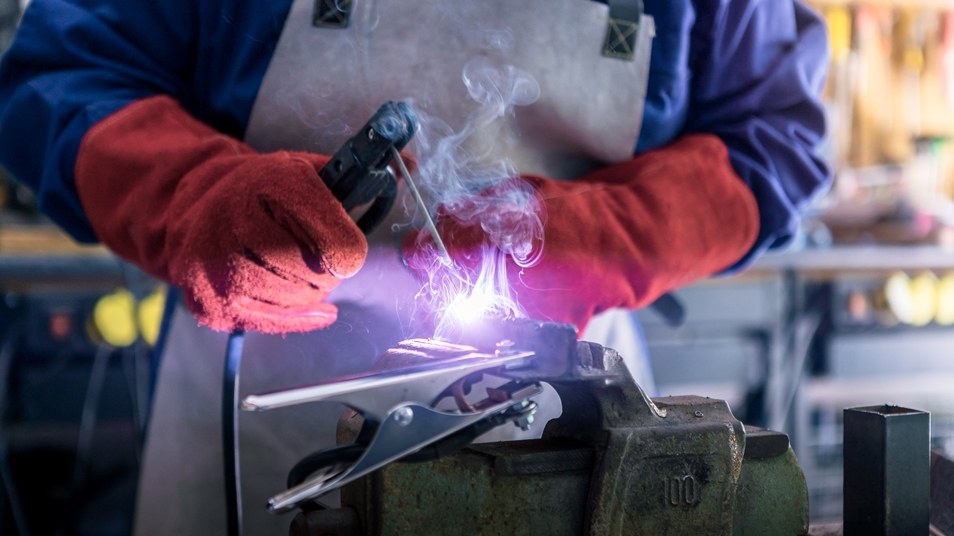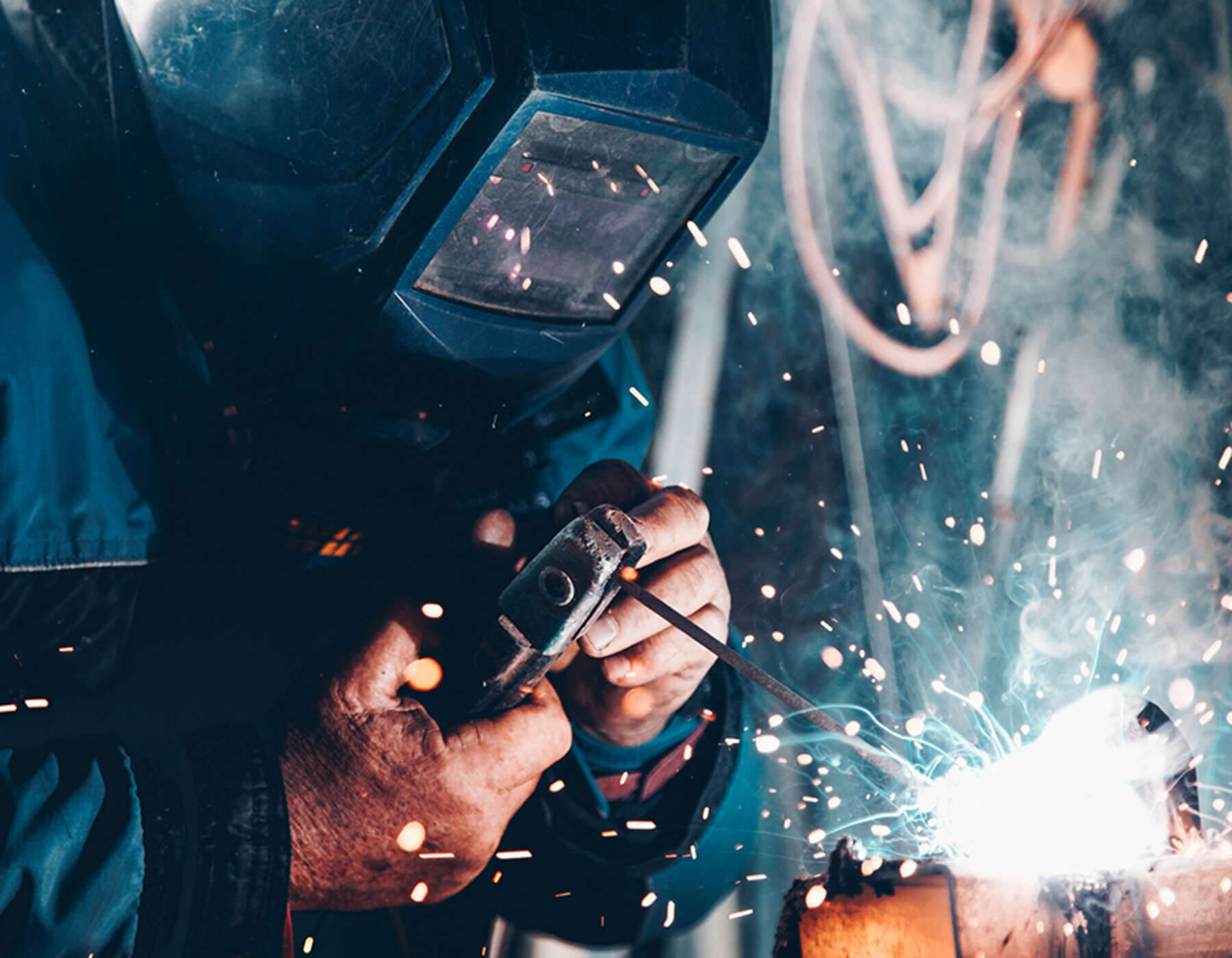
Learning and developing in metal fabrication is more than learning the skills and techniques to carry out precision tasks and intricate processes – although this is a BIG part of the job – you also have to be able to understand the language, terminology, and abbreviations – and trust us, there is a lot to learn.
Understanding and using these in fabrication settings and reports will allow processes to run smoothly and can help to avoid costly mistakes.
At MorFabrication Ltd, we like to think of it as similar to learning a new language. It can and does take time, but the more you immerse yourself in it, the easier and almost second nature it becomes.
However, to help you along the way below we’ve provided the most commonly used metal fabrication terms and welding abbreviations/acronyms you need to know.
Note: This list is not exhaustive, but it is a great place to start.
Metal and Welding Terms
Arc (Stick) welding – a specific welding method where we apply heat to the metal component until it melts to a liquid state (the electric arc produces heat which melts the metal to allow the two components to be fused back together). We would join both metals from here, often using a filler material as required.
Base Metal – refers to the original metal that is fabricated, for example, aluminium or stainless steel.
CAD – used by engineers and designers, also known as Computer-Aided Design; CAD uses software to help in the initial product design process. Used to create models of the parts being fabricated, several types of CAD software are available, such as AutoCAD, SolidWorks, and TinkerCAD.
CNC Machining – Computer Numerical Control, CNC machining is used for custom metal works due to its ability to provide a high-level of precision. All movements are pre-programmed into the machine and controlled/automated via the computer.
DfM – standing for Design for Manufacturing, this metal works acronym relates to the process of designing parts or components to check that they are suitable for the materials selected and specifications required.
Die Cut – metal fabricators use this method to cut sheet metal into their desired shapes/forms.
Embossing – the embossing process involves using roller dies to sink or raise particular designs into the metal.
Filler material – involves alloy or non-alloy metals that are often melted down and used in welding joints to bond pieces of materials together.
Forging – sheet metal is shaped through hammering, pressing, and rolling. Forging can be a cold, warm, or hot fabrication process.
Forming – metal fabricators manufacture the material into the desired shape.
GMAW – also referred to as MIG – gas metal arc welding.
Laser Cutting – metal fabricators use laser beam technology to melt and cut through metal. Laser cutting is a precision process that has the ability to cut custom shapes meeting very specific requirements. The lasers in question use CO2 or fibre optics to make the cut.
Machining – metal is cut into desired shapes and sizes.
MIG – a welding acronym, metal inert gas- is a welding process that follows arc welding. Note MIG welding is considered an easier technique than TIG welding.
Milling – rotary cutting tools are used to shave or remove any excess material from the piece of metal you’re working with.
Press Brake – a metal fabrication tool that can bend metal parts/sheets into various forms.
Punching – a tool or piece of equipment that punches holes into a piece of metal.
QDP – quality data packages are highly detailed reports outlining the traceability of materials and the processes that have been used in the project from start to finish. These reports help ensure that certain specifications are met while encouraging accountability.
RFQ – Request for Quote – often, metal fabricators will ask you to submit your product and document specifications as an RFQ so they can prepare a detailed price for you to compare with other suppliers.
Sheering – bespoke metal fabricators will use this method to trim and remove any excess or unwanted material from the cutting.
Slug – refers to metal waste.
TIG – another welding abbreviation that stands for Tungsten Inert Gas. Following the arc welding process, this method uses a tungsten electrode to send a current to the weld before melting.
Tolerance – this relates to how much a particular part can deviate/shift from its original and intended dimensions.
Weld Mapping – a process report that helps to outline how to achieve desired results. Information contained in the report could include details such as types of materials, welds, processes, and more.
Metal Fabrication by a team you can trust
At Morfab, our team not only knows the language of fabrication inside and out, but we have the skills and the years of experience to match.
Our robust and stringent fabrication processes continually result in high-quality products that our clients are proud of.
To find out more about the fabrication and welding services we offer, or if you have a project coming up and you would like an experienced team to support you, call us at 0191 816 2718 or email info@morfabrication.com – we’re happy to help.
